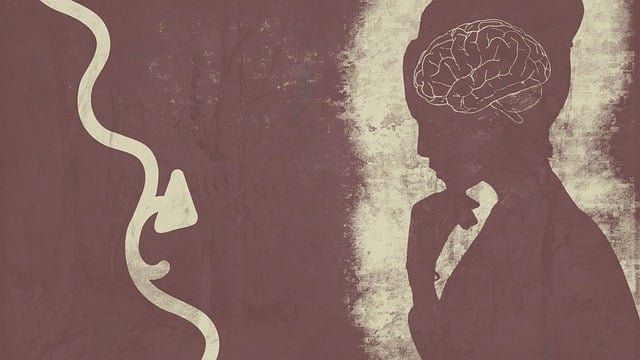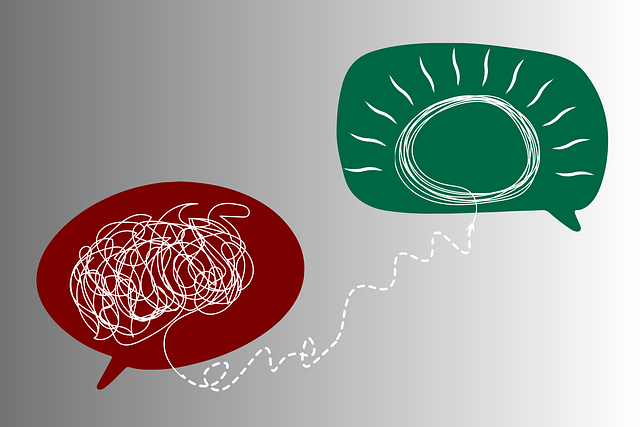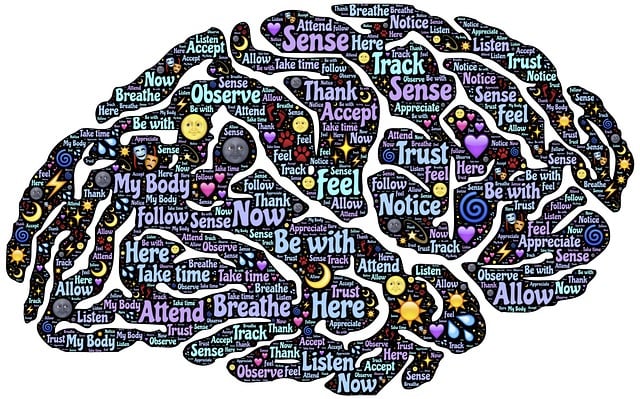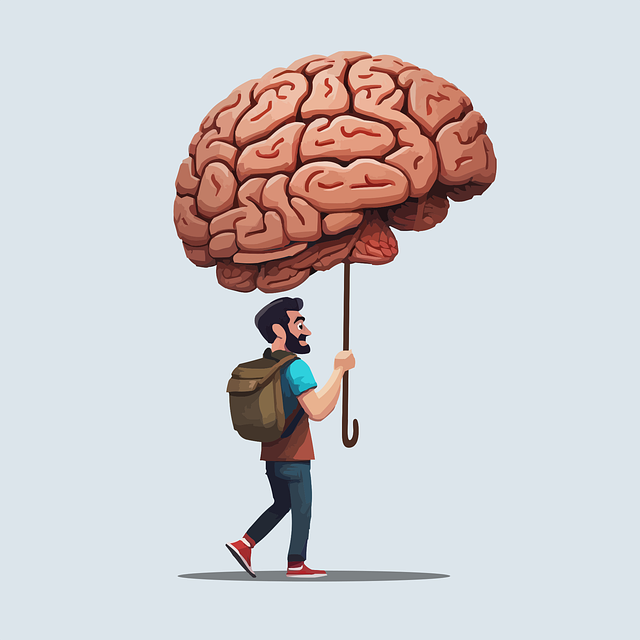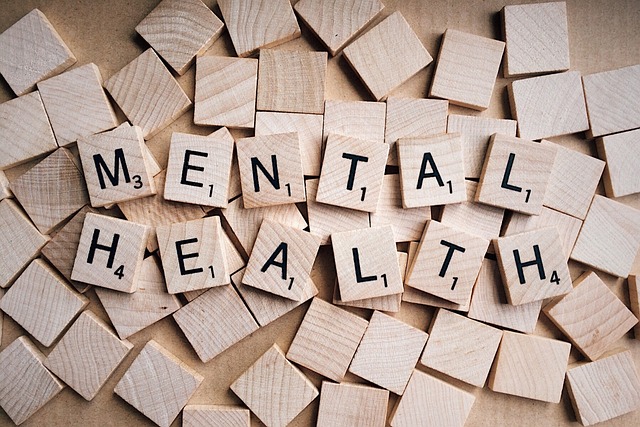Greenwood Village EMDR Therapy is a comprehensive approach to mental health care, combining risk assessment, evidence-based interventions (EMDR), and self-care practices. Therapists systematically evaluate client vulnerabilities, including trauma history and current stressors, to develop tailored support plans for short-term relief and long-term recovery. This proactive strategy aligns with Mental Wellness Journaling and informs robust Mental Health Policy Analysis. By integrating EMDR and self-awareness exercises, therapists mitigate risks, enhance clinical outcomes, and foster a safer therapeutic environment while promoting clients' resilience and personal growth.
Mental health professionals must master risk assessment to provide safe, effective care. This comprehensive guide explores essential aspects, from understanding risk assessment fundamentals within mental health practice to leveraging techniques like Greenwood Village EMDR Therapy for robust risk management. We delve into identifying specific client risks and hazards, implementing robust safety strategies, and continuously monitoring well-being. By following these evidence-based practices, professionals can ensure a secure environment conducive to healing.
- Understanding Risk Assessment in Mental Health Practice
- The Role of Greenwood Village EMDR Therapy in Risk Management
- Identifying Potential Risks and Hazards for Clients
- Implementing Effective Safety Strategies and Interventions
- Continuous Evaluation and Monitoring: Ensuring Client Well-being
Understanding Risk Assessment in Mental Health Practice

In the field of mental health, risk assessment is a cornerstone of effective practice, guiding interventions and strategies tailored to individual needs. It involves a systematic evaluation of potential hazards and vulnerabilities a client may face, enabling professionals to deliver appropriate care. For mental health practitioners in Greenwood Village EMDR Therapy, understanding this process is paramount to ensure both patient safety and the preservation of their well-being. By assessing factors like previous trauma, current stressors, and coping mechanisms, therapists can identify risks ranging from relapse to self-harm, thereby tailoring therapeutic approaches accordingly.
Risk assessment transcends mere identification; it guides the development of comprehensive plans encompassing not just short-term interventions but also long-term strategies for resilience and recovery. This proactive approach resonates with the principles behind Mental Wellness Journaling Exercise Guidance, fostering continuous reflection and personal growth. Moreover, awareness of potential risks informs the formulation of robust Mental Health Policy Analysis and Advocacy, pushing for systems that better support at-risk individuals. Ultimately, integrating Self-Care Practices into one’s repertoire is a vital component of mitigating risks, ensuring professionals can sustain their own mental wellness while attending to their clients’ needs.
The Role of Greenwood Village EMDR Therapy in Risk Management

Greenwood Village EMDR Therapy plays a pivotal role in enhancing risk management strategies for mental health professionals. Eye Movement Desensitization and Reprocessing (EMDR) is an evidence-based approach that has revolutionized trauma support services, making it invaluable in the field of mental wellness coaching programs development. This therapy technique facilitates the processing of distressing memories, helping individuals to work through and resolve traumatic experiences. By employing EMDR, mental health professionals can significantly reduce the risk of re-traumatization and enhance their clients’ ability to manage mood disorders effectively.
The integration of Greenwood Village EMDR Therapy into practice enables therapists to offer specialized care for complex cases involving past traumas. This not only improves clinical outcomes but also boosts the resilience of individuals navigating mental health challenges. Through structured protocols, EMDR therapy guides clients in reprocessing traumatic memories, promoting emotional healing and reducing the intensity of associated symptoms. As a result, mental wellness coaching programs can be tailored to meet diverse needs, ensuring safer and more effective interventions for all participants.
Identifying Potential Risks and Hazards for Clients

Mental health professionals in Greenwood Village EMDR Therapy often find themselves in a unique position to both help and identify potential risks for their clients. Beyond the immediate challenges presented by individual cases, they must also be attuned to broader environmental and systemic hazards that could negatively impact client well-being. This includes recognizing and addressing issues such as economic instability, social isolation, and exposure to trauma, which can exacerbate existing mental health conditions.
By incorporating self-awareness exercises and empathy building strategies into their practice, therapists can better understand the complex interplay between personal and external factors influencing their clients’ lives. Proactively identifying these risks allows for the development of tailored interventions and trauma support services, ultimately fostering a safer and more supportive therapeutic environment.
Implementing Effective Safety Strategies and Interventions

Implementing effective safety strategies is paramount for mental health professionals to mitigate risks and foster a secure therapeutic environment. This includes integrating evidence-based interventions like those offered by Greenwood Village EMDR Therapy, which focuses on trauma resolution through Eye Movement Desensitization and Reprocessing (EMDR). By incorporating techniques designed to desensitize clients to traumatic memories and promote emotional regulation, mental health practitioners can help individuals process difficult experiences in a safe and supportive setting.
Moreover, addressing burnout prevention is crucial for the long-term sustainability of these professionals’ work. Community outreach program implementation, emphasizing emotional intelligence, resilience, and self-care practices, plays a significant role in mitigating burnout risks. Enhancing emotional intelligence allows mental health professionals to navigate complex client relationships with empathy, thereby reducing personal stress and fostering healthier interactions. Such proactive measures not only ensure the well-being of practitioners but also significantly contribute to the quality and effectiveness of their services.
Continuous Evaluation and Monitoring: Ensuring Client Well-being

Mental health professionals play a pivotal role in helping individuals navigate and overcome challenges, making it imperative that they maintain robust practices for continuous evaluation and monitoring. This process ensures not only their own well-being but also fosters resilience among the clients they serve. By regularly assessing client progress, mental health experts can identify potential risks or setbacks early on, enabling them to make timely adjustments to treatment plans.
In the context of Greenwood Village EMDR Therapy, for instance, continuous evaluation involves close observation of clients’ emotional responses and behaviors throughout therapy sessions. This proactive approach allows therapists to gauge each individual’s progress and tailor interventions accordingly, thereby enhancing the overall effectiveness of the treatment program. Additionally, regular monitoring contributes to building resilience in clients by empowering them to recognize and manage their mental health proactively. Community outreach programs implementation, as another integral part of this process, can further support client well-being by creating networks of support and promoting a culture of mental health awareness.
Mental health professionals must continually assess and mitigate risks to ensure client safety. By understanding risk assessment principles, integrating strategies like Greenwood Village EMDR Therapy for trauma management, and implementing robust safety interventions, practitioners can create a secure environment. Continuous evaluation and monitoring are key to identifying emerging hazards and ensuring long-term well-being for all clients served.



